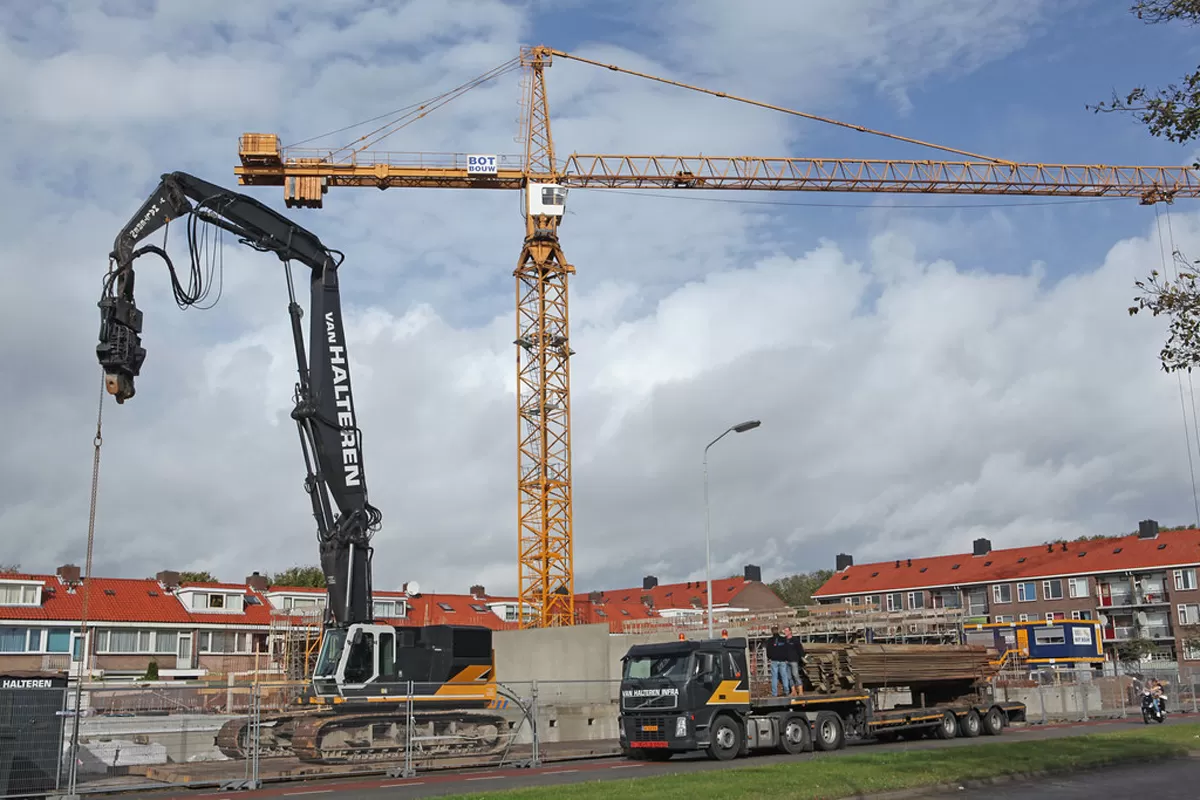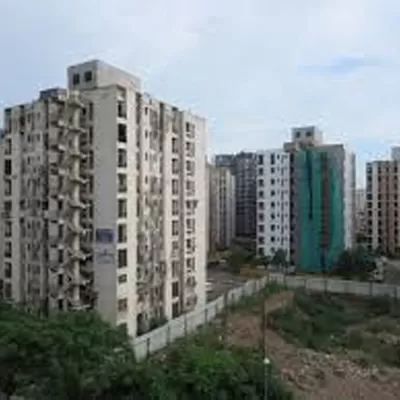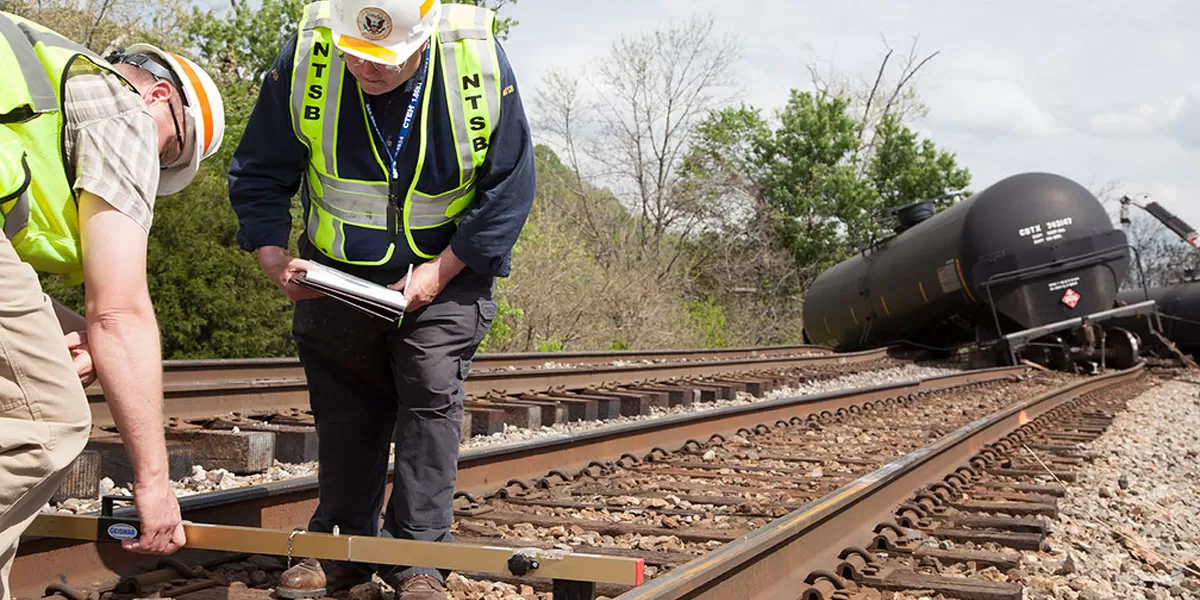Senior housing sector to reach $7.7 billion by 2030
29 Sep 2017
7 Min Read
Editorial Team
The senior housing sector in India is at a nascent stage with huge opportunities for the real estate developers, service providers, healthcare players and operators. Unlike western countries where the senior living sector has gained maturity, India has huge untapped potential in the sector.
The study by PHD Chamber of Commerce, therefore, focuses on analysing the trend of senior housing sector in India and studying the view of key players or stakeholders operating in this sector in India. A survey of about 30 senior housing projects developers, 486 senior housing residents’ survey and 2,598 prospective consumers was undertaken. According to this, around 30 per cent of the developers have been operating senior housing projects in India for about two to five years, 25 per cent for around one to two and five to seven years each and only 20 per cent for more than seven years. This is due to the fact that senior housing is a nascent sector in India and has only taken off since the beginning of the 21st century.
The survey highlights that around 60 per cent of the companies operating senior housing projects in India are of Indian origin, 30 per cent are operating in Joint Venture with Indian Companies and only 10 per cent are companies are of foreign origin. According to the survey, around 80 per cent of the developers have developed less than five senior housing projects on an average, whereas 15 per cent of the developers have developed more than five projects and only 5 per cent of the developers have developed more than 10 projects. This may be attributed to the hurdles faced by the developers related to land acquisition, financial assistance and regulatory framework etc. while undertaking senior housing projects.
According to the survey, senior housing projects in India have different square feet rates in different regions across India. According to the survey findings, the per square feet rates for Western region varies between Rs 9,000-10,000, Southern region varies between Rs 4000-8000 and Northern region varies between Rs 5,000-7,000 respectively.
The survey reflected that average time to complete all the procedural formalities to start senior housing project in India varies from three months to more than 12 months. While 55 per cent of the developers are of the opinion that it takes six to 12 months to complete the procedural formalities, 35 per cent of the developers responded that the time varies from three to six months and 10 per cent of the developers believe the time taken is more than 12 months. This is due to various cumbersome formalities related to land registration, obtaining a construction permit, electricity connection and various other formalities across India.
According to the survey findings, around 78 per cent of senior housing projects in India are operating in the Western and Southern regions, while only 22 per cent exist in Northern India. Senior housing sector has enormous potential if viewed from the size of the sector in 2016 till the projected year of 2030. On the basis of growth perceptions of the senior housing sector and survey, the sector has the potential to enter double digit growth, going ahead, on account of conducive regulatory environment, reviving investments in economy and expanding consumer base across all regions of the economy. According to the survey, developers felt that the size of the sector is estimated to reach from $1.26 billion in 2016 upto $7.7 billion by 2030 on account of conducive framework in our country.
According to the residents’ survey, about 65 per cent of the residents have purchased their apartment, flat or independent house in senior housing projects. The income levels over the past many years have risen and provided scope for increased savings. Therefore, savings at the time of retirement supported them to buy property. Around 25 per cent of the residents have opted for Lease Deposit Model and remaining around 10 per cent respondents have opted for Pure Rental Model. The survey has revealed that a large percentage of residents (43 per cent) purchased 2 BHK apartments, followed by one-BHK apartments (26 per cent), three-BHK flats (21 per cent) and remaining 10 per cent purchased independent villas.
All respondents unanimously have opined that with rising age, the inclination towards healthcare facilities and food requirement increases, while the requirement for shelter tends to remain minimal, therefore small apartment size fulfils their need. The survey has revealed top ten priorities of residents while choosing a senior housing project. Location of the project has been ranked first, size and space of the project at second rank, comfort and design features at third rank, followed by independence, security, quality of life, price of buying a unit, cost of maintenance, health care services and facilities offered by service provider.
According to the prospective consumers survey, 78 per cent of the total respondents have expressed their interest in opting for senior housing owing to various factors such as ease of living with supported facilities like assistance in day to day activities, healthcare facilitates, recreational activities for remaining socially connected etc.
Most of the respondents (about 70 per cent) have opined that top five places which will emerge as a retirement friendly destinations are Bengaluru, Hyderabad, Mumbai, NCR and Chandigarh. About 52 per cent of the respondents have expressed their interest in post retirement employment assistance in areas like education, teaching, administrative, NGOs etc. Further, about 57 per cent of the residents have opined that they would like to opt for loan facilities for purchasing senior living homes. The key reasons for cities emerging as a retirement friendly destinations is on account of factors such as better connectivity, native places, familiarity with area, climatic familiarity, better employment opportunities for their children, etc
The key challenges for the senior housings sector in India are lack of availability of skilled manpower, lack of affordability, social stigma, lack of awareness and high cost of marketing. Rising nuclear families and working population of our country is giving push to seniors to prefer living separately and simultaneously remaining socially connected and fit. Hence, senior living concept is expected to emerge at an impressive growth rate in the coming times. Large number of senior today prefers to remain independent, financially stable, well informed, socially connected and therefore demand for senior housing sector is likely to grow in the coming times. Growing senior housing sector is likely to push growth, productivity, investments and employment in other sectors of the economy such as healthcare, construction, hospitality, etc. The sector will generate employment opportunities as large number of trained and skilled manpower is needed such as doctors, paramedical staff, professionals and care workers working in areas of setting up, executing and operating senior housing premises.
In India the size of the elderly population, i.e. persons above the age of 60 years is rapidly growing. For a developing country like India, this may pose mounting pressures on various socio economic fronts including pension outlays, health care expenditures, fiscal discipline, savings levels etc. This segment of population faces multiple medical and psychological problems. Hence, there is an emerging need to pay greater attention to ageing-related issues and to promote holistic policies and programmes for dealing with the ageing society. Regulatory body must be established for senior housing sector in India in order to invite genuine stakeholders to participate and promote fair plays in the market.
Rajeev Talwar, Vice President, PHD Chamber, says, “We have got a very good mix in India, a part of which is the demographic dividend and a part of the demography ageing group. It is necessary to recognise that senior citizens are a valuable resource for the country and create an environment that provides them with equal opportunities, protects their rights and enable their full participation in society. Going ahead, senior housing would appropriately meet the needs of elderly population and will promote their welfare and livelihood aspects.”
Ankur Gupta, Joint Managing Director, Ashiana Housing, one of the pioneers of senior housing in India shared his experience as a developer and opined that there is a need to better understand the senior living in India and it should be taken seriously in the times to come. He also emphasised that the Government of India should focus on senior housing in terms of land availability throughout the country and make senior housing attractive for developers by giving some kind of benefits on GST or RERA.

















